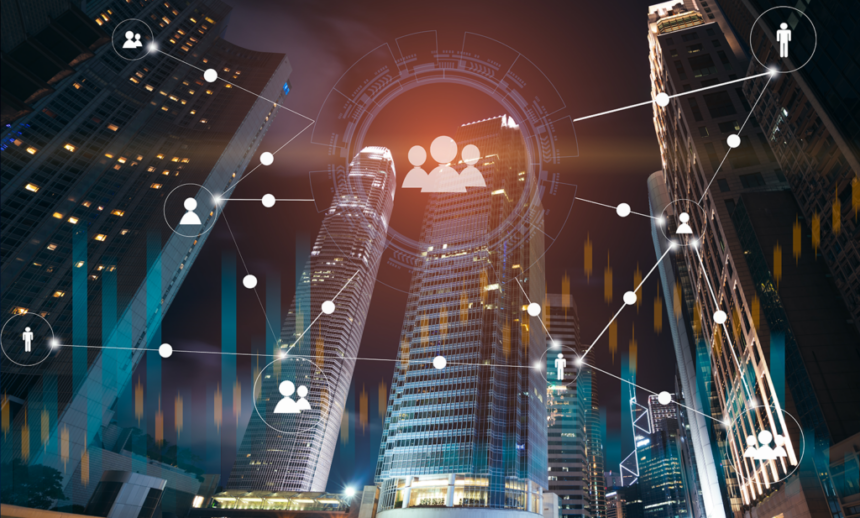Wherever you fall in the hybrid work debate, whether advocating for a fully remote model or championing a return to the traditional office setting, one thing remains abundantly clear: the significance of the office experience persists. Recent findings from Resume Builder indicate a strong inclination among businesses, with 90% planning to implement a return-to-office policy by the end of 2024. However, enticing employees back into physical workspaces necessitates more than mere policy shifts. It demands the creation of environments that offer clear and compelling advantages over remote work, fostering comfort, collaboration, and productivity.
As businesses transition back to office-based operations, it’s imperative to retain the conveniences and efficiencies afforded by remote work, such as enabling remote participant access and the immediate transcription of an online meeting. The challenge lies in striking a balance that harnesses the best of both worlds, ensuring that employees can seamlessly transition between remote, and in-person work while maximising their effectiveness and satisfaction in either setting.
AI can make your smart building smarter
Enter the AI-enhanced office experience. Leading AI technology, exemplified by Microsoft’s Teams Room Pro, already offers tools including environmental sensors to gauge air quality, temperature, and humidity, setting the stage for a more intelligent workplace. Yet, the potential for AI augmentation in office spaces goes much further. A new era is on the horizon, with meeting room hardware and software solutions suppliers already looking beyond the conventional.
According to a study by Harvard Business Review, executives spend nearly 23 hours a week in meetings. With so much time invested, it should be a organisations’ top priority to ensure the meetings are productive and that there are actionable outcomes based on these meetings. Picture this, a meeting room where cameras can not only capture visuals but will actively monitor room occupancy, dynamically adjusting air conditioning levels and alerting users when the room is at capacity. Using voice and facial recognition, AI can identify the individuals in the room, record their participation, and attribute transcription to each individual. Tools like CoPilot from Microsoft can assign actions and capture notes against a person, not a location – improving accuracy and reducing note-taking overheads.
Common workplace challenges, such as struggling to book meeting rooms, could be a thing of the past. By analysing room utilisation data, AI could propose alternative scenarios such as suggesting shorter meeting durations, or less frequent gatherings. These proposed alternatives would be based on historical attendance and productivity metrics. This application of AI and Machine Learning (ML) will free up valuable time for employees, to invest in other areas of their work, further increasing the productivity of the organisation.
With the increasing acceptance of cameras in the workplace, office environments could become cleaner, more secure, and healthier. AI tools could initiate post-meeting cleanups by alerting maintenance personnel to remove waste or return meeting room equipment to their original placements. While AI-enabled audiovisual equipment can monitor meeting rooms to ensure that security issues, like leaving confidential information on a meeting room whiteboard, are reported and resolved quickly and efficiently.
The power of audio monitoring
Industrial sectors have long embraced and used sound processing as a method of detecting and preventing failures of machines. Unexpected squeaks, rattles, bangs, and knocks, are often a powerful indicator of wearing or failing components which have the potential to lead to catastrophic failures. Here is where AI can step in, with the use of AI-enabled anomaly detection of sound input, organisations could quickly spot faulty doors, air conditioning units or even chairs that are close to breaking, just based on the sound they generate.
The sound of a door slamming could be quickly picked up by these AI technologies, which could alert maintenance teams to ensure these issues are swiftly fixed. Gone will be the days where we complain about failing equipment, whilst hoping someone who looks after these ‘things’ notices and fixes the issue. While such advancements may not be immediate, with the rapid development of AI and ML, these concepts could soon be an affordable reality.
Potential limitations and challenges
As with the implementation of most AI technologies, several challenges may arise that require careful consideration. User acceptance may be the foremost hurdle, with many individuals being potentially resistant to the perceived intrusion of AI in their daily work environments. Employees may feel their privacy has been stripped and be resistant, in particular to the increased implementation of AI-visual and audio monitoring. How many colleagues do you know have a shutter for the webcam on their laptop, this is the trust issue that needs to be addressed, and it should be handled delicately because the benefits and risks are equal in their potential impact.
With privacy concerns looming, organisations will need to ensure transparent communication and ensure they gain full user consent before implementing these technologies. It would be advisable to have full introductory sessions where organisations can introduce these technologies that may help to reduce any fear or negativity towards the technology. As with all technological implementations, organisations must keep learning and adapting to the changing needs and expectations of the users.
The office has always set out to be a distinct environment for employees to work at peak efficiency and foster a culture of teamwork, benefiting from the proximity to co-workers. However, with employees becoming accustomed to working from home, and reaping the rewards of a controlled and personalised environment, business leaders must look to tools, such as AI to enable a more inclusive and productive environment.
The integration of AI in smart buildings presents an exciting opportunity to reshape the workplace landscape. By harnessing AI technologies, organizations can not only optimize office spaces for enhanced productivity and collaboration but also address emerging challenges such as room utilization and environmental monitoring. However, businesses need to navigate potential hurdles with diligence, ensuring that AI integration aligns with both strategic objectives and ethical considerations. Through proactive planning and thoughtful implementation, companies can pave the way for a more efficient, inclusive, and future-ready workplace environment.
Source: aijourn.com


